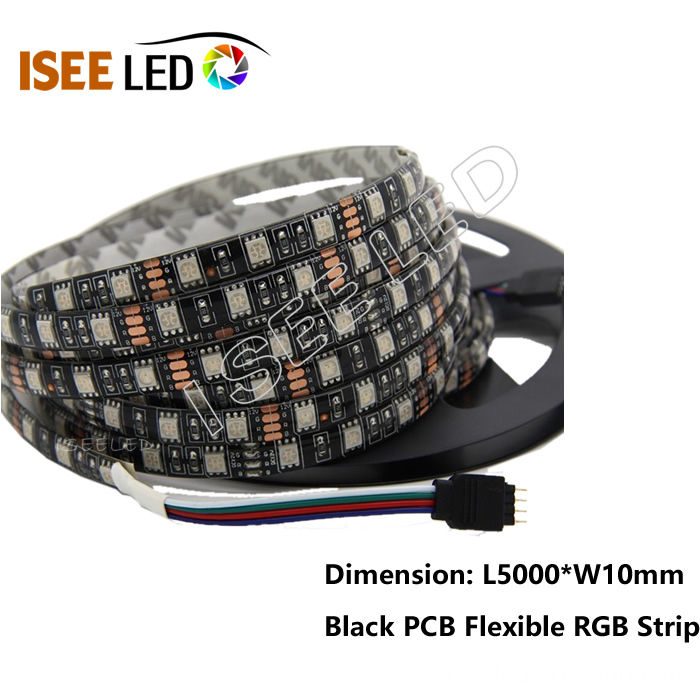To fully test the technical performance indicators of the safety valve must be a full performance test, the most basic requirements of the test is to have actual operating conditions, and even exceed the actual operating state. In addition to equipment such as high-temperature and high-pressure vessels, such a test device also has a rapid measuring instrument with various parameters, and ensures a high-temperature and high-pressure steam source with a large flow rate, which is costly.
Calibration is part of the safety valve test and is the main project of the factory's factory test. Before the factory, the opening pressure setting and sealing test of the air medium are generally carried out using a normal temperature safety valve calibration table. The safety valve normal temperature calibration table can only be used for opening pressure setting and sealing test.
(1) Under what circumstances does the safety valve need to be verified?
1) Long-term storage or before the first use
2) Regular check
3) Seriously damaged and corroded valves
4) valve nameplate lost valve
5) Sealed damaged valve
(2) Meaning and method of adjustment of the return pressure
The recoil pressure defined by the national standard means that after the safety valve reaches the discharge state, the medium pressure drops to a certain value, and the valve flap comes into contact with the valve seat again, that is, the opening height becomes zero. The static pressure at the valve inlet and the return pressure are too low. Too high is not good, too low will cause loss of medium and energy. If it is too high, it will not reach the discharge amount, which will cause the valve to jump. The principle is to increase the return pressure and reduce the medium as much as possible when the discharge can be achieved. And the loss of energy.
(3) Adjustment method
The return pressure is adjusted by adjusting the ring. The principle of adjustment is the principle of the gap. The smaller the gap is, the greater the resistance is when the spray is released. The greater the force that holds the spool, the more difficult it is to return to the seat. Otherwise, the gap is larger. The easier the spool is to fall back, the higher the return pressure.
For the safety valve with only the lower adjustment ring, the adjustment ring is adjusted upwards, the return pressure is lowered, the adjustment ring is adjusted downward, and the return pressure is increased; for the safety valve with the upper and lower adjustment rings, the distance between the upper and lower adjustment rings is reduced, and the return pressure is reduced. Lower, the distance between the upper and lower adjustment rings increases, and the return pressure increases.
(4) Calibration methods and their advantages and disadvantages
The safety valve calibration has two methods: on-site calibration (on-line verification) and calibration table verification. If conditions permit, it should be verified on the spot as much as possible, because the on-site calibration is more suitable for the actual operating conditions and therefore more reliable.
Advantages of on-site calibration: It is convenient for the verification of the welded safety valve, the return pressure can be measured, and the measurement is accurate.
The disadvantage is that the calibration time is long, the system needs to be repeatedly boosted, it is uneconomical, and it is dangerous. It is not allowed to do the sealing test.
Advantages and disadvantages of safety valve normal temperature calibration table:
a. Solve the safety valve setting and leak detection of normal temperature medium and working temperature below 250 °C.
b. Determine the smaller error range of the safety valve opening pressure, save the adjustment time of the newly installed safety valve, reduce labor intensity, reduce energy consumption and reduce work risk.
c. There is an error between the operating temperature and the normal temperature (the spring becomes soft at high temperature), and the return pressure cannot be verified.
The safety valve calibration table produced by Jinan Sett can be divided into digital display control and computer control. The digital display can realize 1) collecting the take-off pressure and returning pressure 2) holding time, pressure and pressure difference setting 3) The choice of the card seat 4) The selection of the clamping force completely realizes the semi-automatic detection, which is different from the manual control type produced by other manufacturers. The computer-controlled safety valve calibration table adopts the NI company data acquisition software, which has powerful functions and stable performance. The whole experimental process can be automatically completed on the computer, and the pressure curve can be displayed. The test parameters can be freely set, such as test pressure. Hold time, allow pressure drop, etc.

Concerned about surprises
Label: Safety valve calibration method and its advantages and disadvantages
Previous: Wire and Pipe Knowledge Collection Next: How the pneumatic diaphragm pump works
RGB LED Flexible strip used high brightness SMD5050 Leds,30/60/72/120leds per meter are available. Red, Green, Blue, White, Warm White, RGB color to choose from. The input voltage is DC12V or DC24V. IP67 with full silicone tube.Our rgb led strip lights are good quality and cheaper price.The outdoor led strip lights widely used in car decoration, shopping center, linear lighting and so on.
Photo show of RGB LED Flexible Strip:

Rgb Led Flexible Strip,Led Light Strips,Outdoor Led Strip Lights,Flexible Waterproof Rgb Led Strip
Shenzhen Iseeled Technology Co., Ltd. , https://www.iseeledlight.com
![<?echo $_SERVER['SERVER_NAME'];?>](/template/twentyseventeen/skin/images/header.jpg)